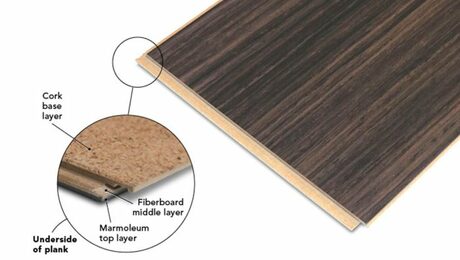Air-Sealing Opportunities
I am pulling off the trim in some rooms to redo it, ripping up old carpet, and painting the room. I know I should be spray foaming around the windows to air seal that area. Anything else I can/should be air sealing while I have the trim removed? Here are some pictures to illustrate:
Southern NH house.
GBA Detail Library
A collection of one thousand construction details organized by climate and house part









Replies
You definitely want to seal the bottom of the wall. That is a big air leak in most older houses.
I would invest in a spray foam gun and use the low expanding flex foam.
Outlets are much harder. I try to get the tip of the foam gun between the metal and drywall and spray into the cavity. You can also remove the outlet (make sure to turn the breaker off!!) and spray through the holes in the device box to fill the area behind. Make sure to trim any spray that expands into the device box off.
Thanks for the reply! When you say the 'low expanding flex foam' do you mean the spray foam marketed as for windows and doors? Or something else?
And to clarify, am I just sealing the bottom plate (wooden member) to the subfloor? Or am I spray foaming to seal the bottom of the drywall to the subfloor as well?
Thanks for the help as I'm just a DIY homeowner trying to do things the right way.
Yes, window and door foam. I like to use Enerfoam since it won't dry in the gun, you can leave a partial can for months without issues.
Also drywall installers are notorious for not screwing the drywall into the bottom plate which leaves a gap between the wood and drywall. An easy fix with handful of drywall screws.
Great thanks for the reply!
They make plastic tips for the foam gun that let you inject foam into much smaller spaces. I frequently use these tips when sealing around things like electrical boxes, and anywhere else you have small spaces that need to be filled up. They are very handy to have on hand.
I use red silicone high-temperature caulk (not intumescent "fire stop" caulk) to seal screw holes and other small gaps in the electrical boxes themselves.
Note that you have to be extra careful when using these tips that you don't clog your gun, and the tips can pop off the gun while you're foaming too, which makes extra mess to clean up. I keep a trash bag with me while working, and give periodic squirts of foam into the bag every now and then if I'm moving between locations and have more than a few seconds of interruption with my foaming. I also keep some paper towels and acetone on hand, and I remove the plastic tip and throroughly clean the tip of the foam gun with acetone EVERY time I stop foaming. My foam gun has lasted for years due to being careful with cleaning.
Bill
Thanks for the info. Can you elaborate more on where it's appropriate, in general, to use the high temperature caulk vs. the 'fire stop' caulk? I've also got some air sealing in my attic that I'm planning for and this would be useful info to have!
The "fire stop" caulk is intumescent, which basically means it expands when it gets hot. The purpose of this type of caulk is to seal penetrations in things meant to be a fire barrier, to ensure that smoke and hot gasses can't get through.
You need an air seal that won't fail if it gets hot, but you don't want it to expand. That means you want "high temperature" caulk, not "intumescent fire stop caulk". The high temperature red silicone caulk is what I usually use for things like this since it's pretty much a regular silicone caulk, but it's rated for higher temperatures which gives you some extra safety margin when using it around electrical devices. Smear a little of this stuff over the holes in the electrical boxes to air seal them. I use canned foam around the exterior of the box, but you don't want to use it inside the box since it will expand and use up space that is supposed to be available for electrical devices and wiring. Electrical codes specify how many wires and devices can fit in a given number of cubic inches of space, which is one of the reasons you don't want your insulation eating into the interior space of any electrical boxes.
Bill